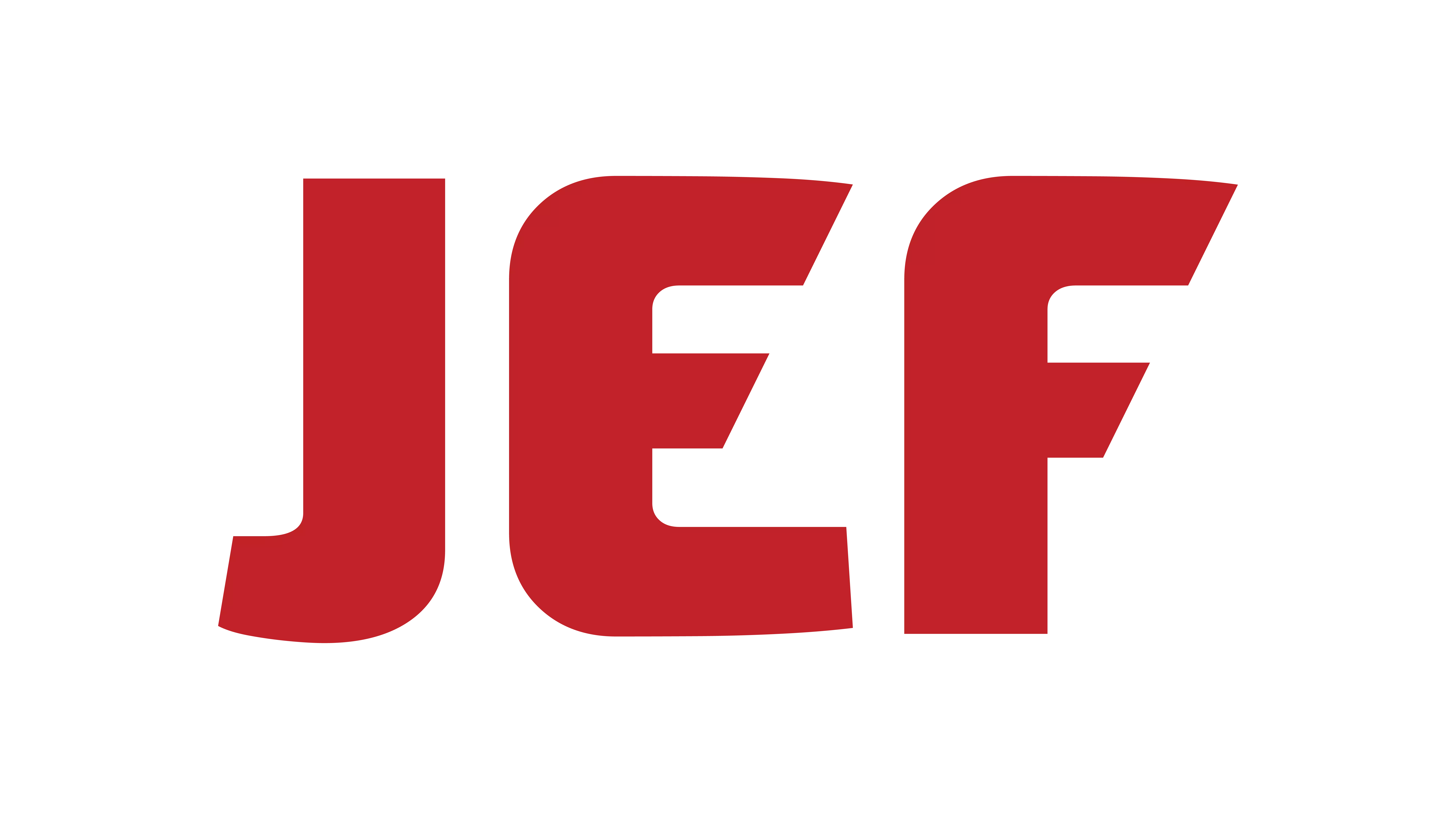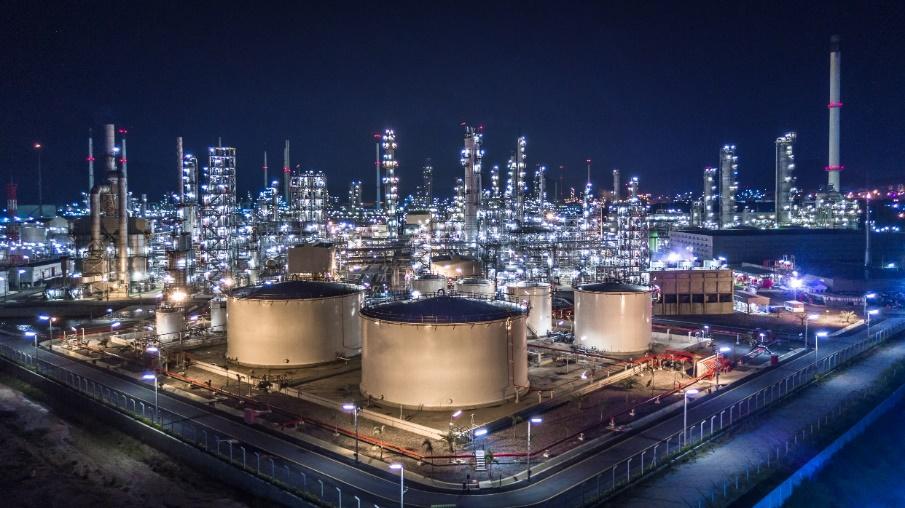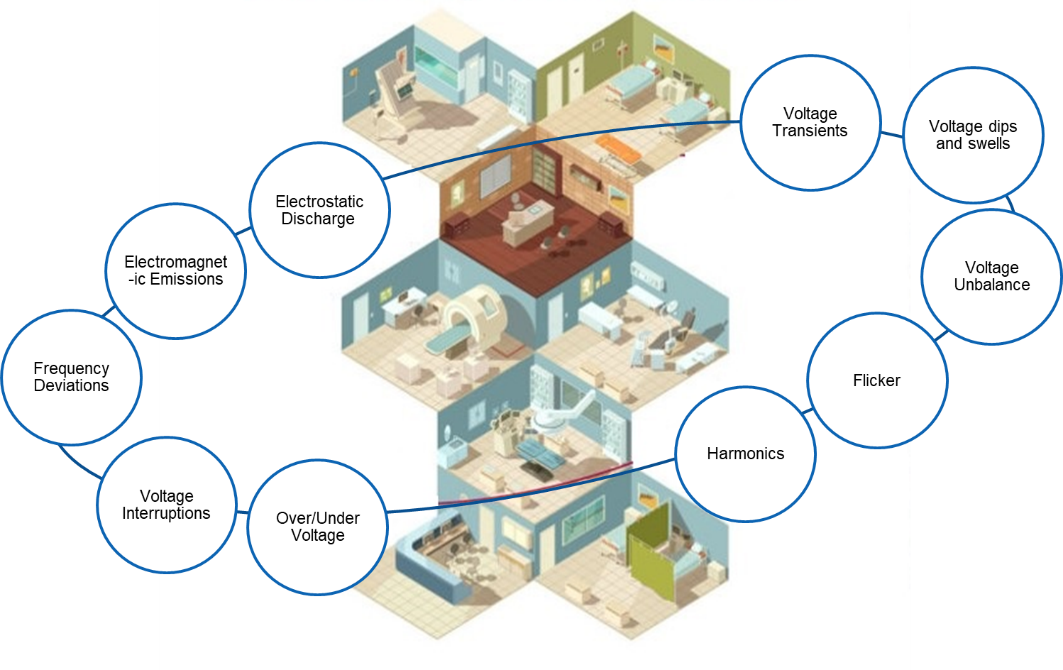While the oil and gas sector plays a pivotal role in the industry, it is also a dangerous one. According to the National Disaster Management Authority (NDMA), in the last decade, 130 significant chemical accidents have been reported, which resulted in 259 deaths and 563 people with major injuries.
Oil spills, fires, and explosions are the most common hazards in oil and gas extraction. Due to the flammable and explosive nature of the liquids and gases, explosions and fires are often caused by leaks or spills, equipment failure, or human error. As workers operate heavy equipment, the workers are constantly at risk of being struck by, caught in, or caught-between hazards resulting in crushing, amputations, and even fatalities.
How can companies make it safer for their workers?
Education and training are the first steps in safety management in the oil and gas industry. It is imperative to implement Safety Management Systems (SMS) that identify potential hazards, implement controls to mitigate them, and continuously monitor and improve the safety measures.
The safety measures must focus on
- 1. Power System Analysis for Oil & Gas Industry – It is an important tool for ensuring electrical systems' safe and reliable operation. This includes load flow analysis, short circuit analysis, transient stability analysis, harmonic analysis, protection coordination analysis, arc flash analysis, etc.
- 2. Regular risk assessments – Risk assessments should be conducted regularly to identify potential hazards. This information can be used to prioritize the implementation of repairs, maintenance, and overall safety measures.
- 3. Compliance with regulations - Companies must comply with all relevant federal, state, and local regulations, including environmental regulations, to ensure the safety of workers and the environment.
Additionally, all departments should have a detailed emergency response plan in place to address potential incidents, such as fires, leaks, or spills. This includes procedures for emergency shutdowns, evacuation plans, and responding to incidents.
While the above-listed pointers are common for most departments, we will further look at three specific areas for risk assessment and safety standards in oil & gas plants.
Pipelines
Robust safety standards in the oil and gas industry, particularly in pipelines, include the use of proper safety gear for the workers and regular checks for leaks and corrosion.
Focus areas for pipeline safety measures include:
- Risk assessment and hazard analysis - Pipeline operators must conduct regular risk assessments and hazard analyses to identify potential threats and their impact. This includes evaluating the integrity of the pipeline, identifying risks, and evaluating the impact of nearby land use and development.
- Inspection and maintenance - Companies should ensure that the pipelines are in good working condition through internal inspections with tools such as smart PIGs (Pipeline Inspection Gauge) and external inspections through aerial and ground patrols.
- Leak detection – It is vital to detect leaks using various leak detection methods such as ground and aerial surveillance, pressure monitoring, and computer-based systems. Once detected, the leaks should be amended immediately.
Refineries
A refinery safety plan has three important aspects:
- Fire protection, which includes smoke detectors, sprinkler systems, fireproofing, fire-fighting equipment, etc.
- Occupational safety, that includes safe practices for various high-risk tasks such as hot tapping, welding, etc.
- Process safety that identifies and assesses potential hazards, implementing controls to mitigate those hazards and continuously monitoring and improving them.
Apart from these, an earthing audit for refineries is crucial. It is an assessment of a refinery's earthing system, including the earthing system's design, installation, and maintenance.
Earthing assessments and audits ensure that the earthing system is providing an adequate level of protection and that it is functioning as intended. An earthing audit typically includes a review of the design and installation of the earthing system, an inspection of earthing components, measurement of earth resistance, testing of system functionality, identification of areas for improvement, compliance with regulations, and regular monitoring.
Proper earthing solutions protect against electrical hazards, including electrical shock, fire, and explosion. It also helps prevent equipment failure and power quality issues, such as voltage imbalances and harmonic distortion. Complying with relevant regulations and standards ensures the safety and reliability of the electrical systems in refineries.
Storage Facilities
The safety of storage facilities is critical as they store large quantities of hazardous materials. Some of the measures taken to ensure safety in these facilities include corrosion protection and leak detection of the storage tanks. It is important to focus on
- Risk assessment and hazard analysis - Regular risk assessments and hazard analyses should be conducted to assess the integrity of the storage tanks, identify potential threats, and evaluate the impact of nearby land use and development.
- nspection and maintenance – The tanks and other equipment should be inspected for defects to ensure they are in good working condition. This includes regular internal and external inspections, pressure testing, and others.
- Compliance with regulations - Storage facilities must comply with federal and state regulations to ensure the safety of workers and goods.
Jef TechnoJef Techno is a pioneer in risk management and provides advanced Earthing Audits, Electrical & Fire risk assessment, safety audit services, and Power system studies in Oil & Gas plants.
Click here to know more about us.




